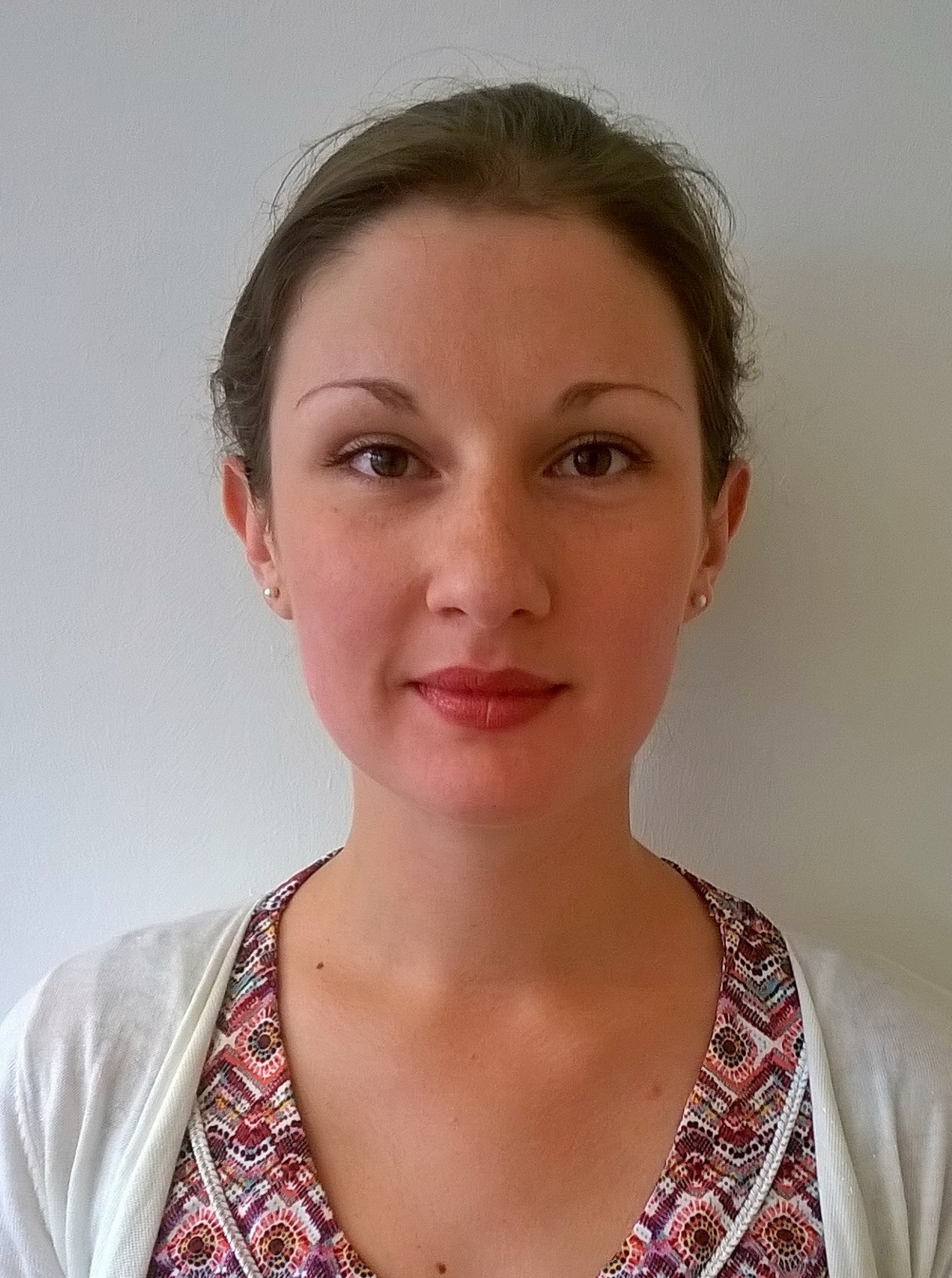From Omics (genomics, proteomics, metabolomics…) to Environmental sciences, the ever-increasing number of variables and parameters considered within each project has led to a strong need for both robust statistical analyses and sustainable IT solutions. How technology, IT especially, has gained importance in the field of Environment and Sustainable Development is illustrated here by three examples at local, national, and international levels. In this article, you will see how trees and influxDB are closely connected, what Capgemini has to do with bees, and where statistics can be linked to European environmental policies.
The first example highlights the need for IT solutions in dendrology, i.e. the study of the characteristics of trees, and how a startup has bloomed in this field. Created in 2015 with the desire to make a difference in the field of landscape and green space management, Urbasense is a French startup on its way to becoming a national company thanks to their Minisense®. The Minisense® is a connected device equipped with humidity sensors to manage the automatic watering of trees in urban environments. Furthermore, it enables the monitoring of the growth of the roots of, for example, trees planted in parks, flower boxes in the city, and the turf of sports fields. Having worked with important urban conglomerations such as Paris, the city of Bordeaux and the Grand-Nancy metropolis, Urbasense nowadays counts approximately 200 clients and 2000 users. The creation, design and functionalities of the Minisense® rely on the founders’ solid background in agronomy. Along with the expansion of the company, the need for IT support are increasing. As a result, Urbasense has started to outsource some of the IT aspects and is migrating to other technologies, such as influxDB, to improve the temporal storage of data, and lighter writing. Critical issues are: How to remain independent from any other actor in the long term? How to safeguard intellectual secrecy when a third party intervenes on their own algorithms for data processing? So far, the founders have decided to activate their own network to outsource IT services. Initially ran by two people, the company has recruited about 20 more people since 2015.
The second example refers to Smart cities that are connected to urban areas with objectives in line with sustainable development, and thus, include pro-social and environmentally friendly directives. Smart cities integrate information and communication technologies (ICT) and various physical devices connected to the Internet of Things (IoT) network. The “Communauté de communes Pays Haut Val d’Alzette” (CCPHVA) has launched a Smart city project. The CCPHVA is composed of eight in the Grand-Est region in France and its population is expected to double by 2035, especially due to its long-established relationships and economic interests with neighbouring countries: Germany, Luxembourg and Belgium. A consortium of different partners won the innovation partnership to build an open platform1 for the Smart city project of CCPHVA and a mobile application – which will be developed by Sogeti. The preliminary meetings and preparatory workshops highlighted environmental needs. Therefore, the platform should be able to manage all kinds of data, for instance on methanation, methanization, waste management, traffic and air quality, and even connected beehives! Along with the digitalization of municipalities, there is also an important need in terms of training and andragogy (pedagogy for adults) for civil servants and employees of partner companies of the cities, to enable this digital transition.
The third example shows the demand for IT support at an even higher degree of organization. Sogeti Luxembourg has worked for several years with European Institutions. European institutions collect physical and monetary data from EU Member States on a regular basis in order to measure the contribution of the environment to the economy, and the impact of the economy on the environment. European Environmental Accounts encompass, for instance, all activities undertaken to preserve and protect the environment (EPEA accounts2), including subsidies paid, for example, by governments to preserve or reduce the impact of some economic activities (ESST accounts3). Overall, these accounts support the development and monitoring of the EU’s environmental policies. In practical terms, they enable the integration of environmental-economic models and allow an analysis of the impact of economic trends on the environment. Eurostat is now working on the development of accounts for Ecosystems services to also assess the direct and indirect contributions of ecosystems to our survival and quality of life. A set of so-called “satellite” accounts will be created to delineate ecosystems and measure changes in areas covered by these ecosystems, to assess their condition by capturing parameters that are linked to essential ecological processes, and to evaluate the capacity of an ecosystem to generate services under sustainable management. No doubt further work in the development of IT tools will be necessary for automated analyses of data quality, coverage and consistency and of the completeness of the collected datasets.
These examples are ones of the many initiatives which have come to life in the recent years. Given the current worldwide situation, it is expected that more projects for a greener and pro-social future will spring forth in the upcoming years, and it is more than urgent that such projects find support from current and future technologies to flourish and acquire durability.
1Online platform https://eclor.eu/
2EPEA: Environmental Protection Expenditure Accounts
3ESST: Environmental Subsidies and Similar Transfers

 English | EN
English | EN 
